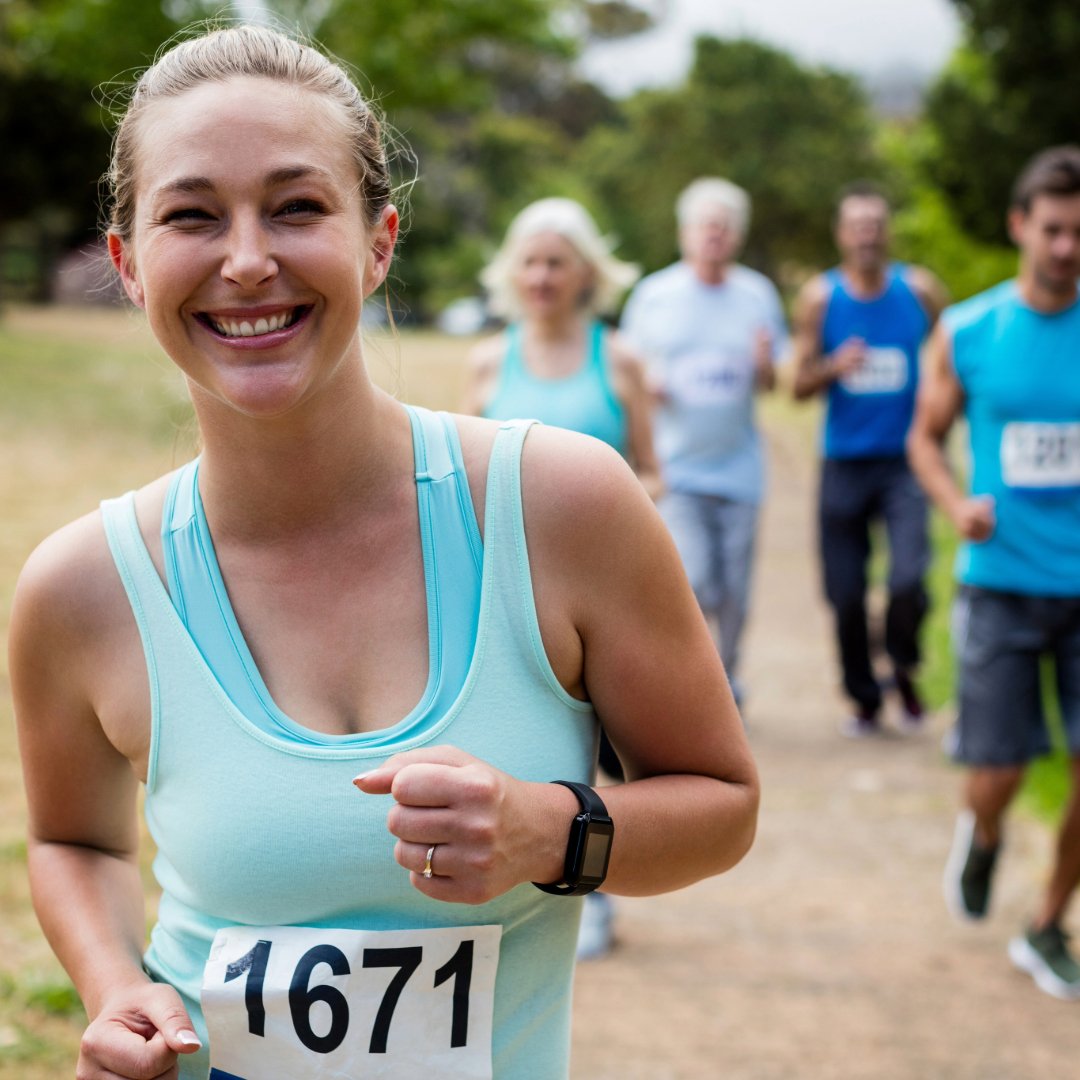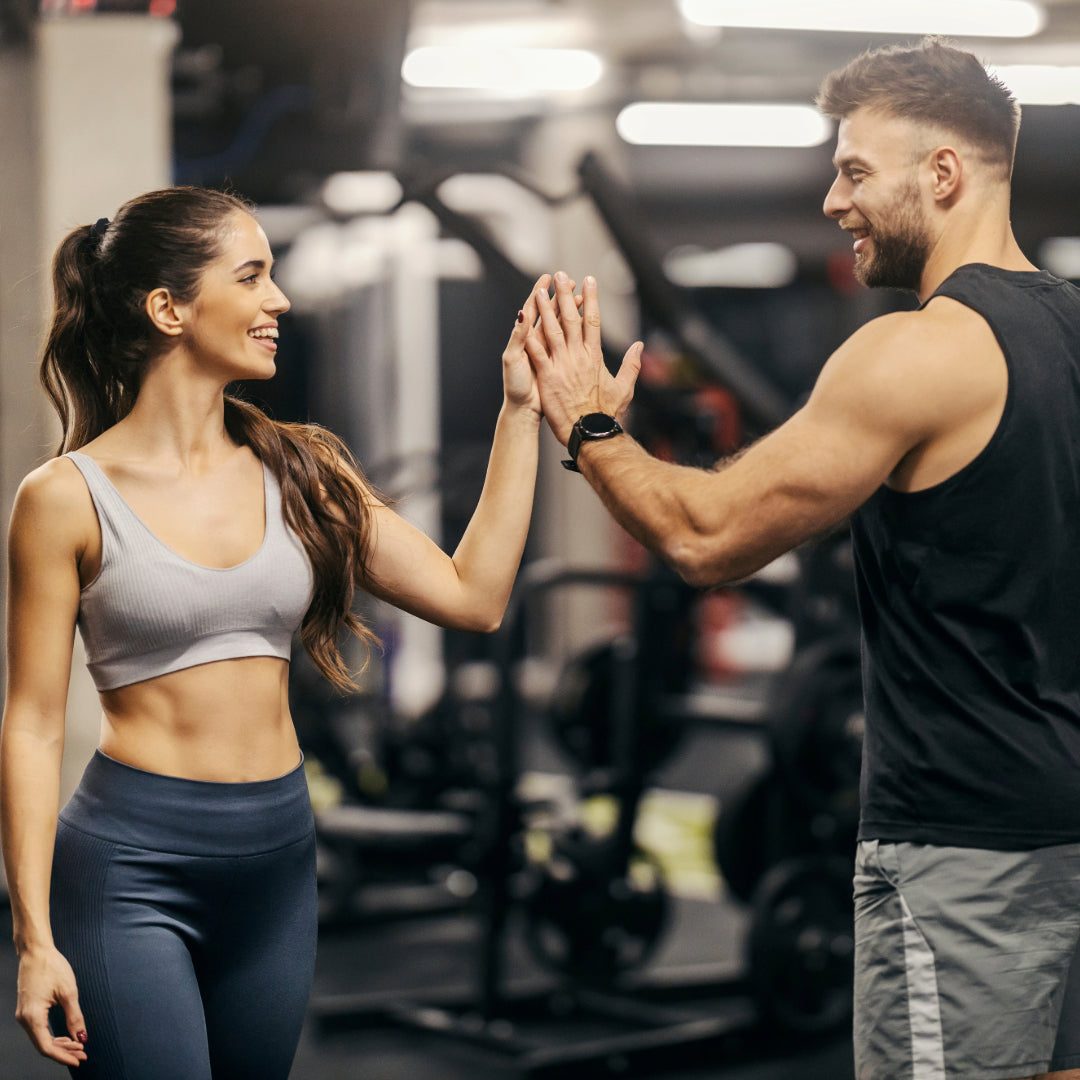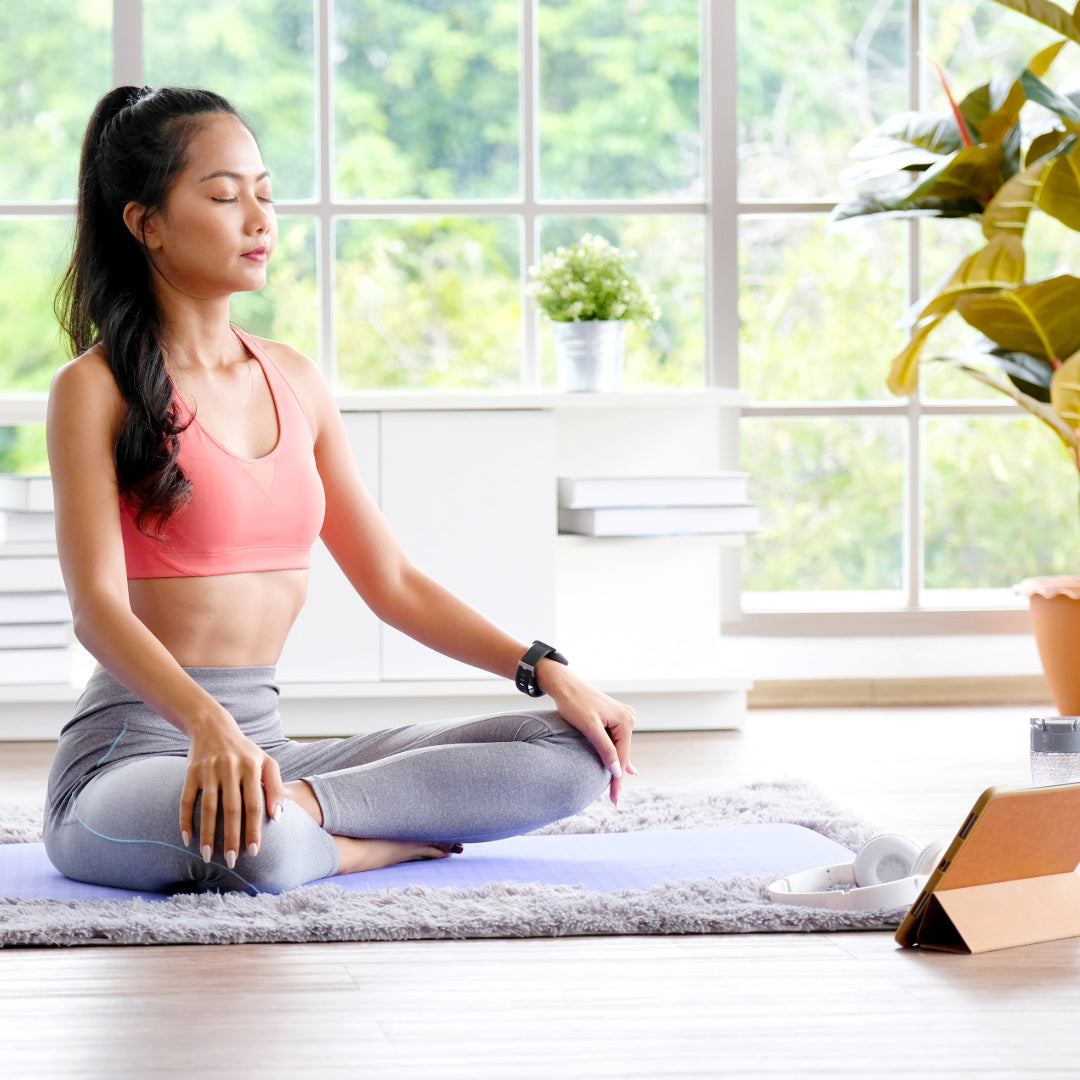
Beginner's Guide to Calisthenics: Fundamental Exercises to Start With for Building Strength and Muscle with the Best Beginner Calisthenics Workout Plan
How to Start Calisthenics ?
Calisthenics is a versatile fitness training method that uses your body weight to build strength, flexibility, and endurance. It's an excellent option for beginners due to its scalability, minimal equipment requirements, and suitability for various fitness levels. With calisthenics, you can get a full-body workout anywhere, whether it's in your living room, a park, or the gym.
A personal story: Jessica, who used to struggle with gym memberships and finding time for elaborate fitness routines, found calisthenics to be a game-changer. By practicing simple bodyweight exercises daily, she regained her strength, especially in her core and glutes, and transformed her fitness journey. Now, she enjoys working out without the pressure of equipment-heavy routines.
This beginner's guide will introduce you to the fundamental exercises you need to start building strength without weights. It will help you understand the basics of calisthenics and its importance in achieving your fitness goals, especially in terms of building muscle and core strength.
Understanding Calisthenics for Beginners
What Is Calisthenics?
Calisthenics is a fitness discipline focused on bodyweight exercises that build strength, flexibility, and endurance. The word "calisthenics" derives from the Greek words "kallos" (beauty) and "sthenos" (strength). This form of training emphasizes the graceful, controlled movement of one's own body weight to improve physical fitness.
Calisthenics has ancient roots, tracing back to the training practices of Greek soldiers and athletes. Today, it has evolved into a structured workout system involving a range of basic exercises like push-ups, squats, lunges, pull-ups, and planks. These exercises form the foundation of calisthenics and can be modified or progressed for any fitness level, making them some of the best exercises for overall fitness.
Unlike traditional weight training, which relies on external equipment, calisthenics solely uses body weight as resistance. This makes it ideal for those who want to work out at home or outdoors, offering the flexibility to create workouts that meet their fitness goals. Additionally, the scalable nature of calisthenics ensures that exercises can be adapted for both beginners and advanced practitioners.
Benefits of Calisthenics: How to Build Strength and Endurance with Push-Ups, Pull-Ups, and a Beginner-Friendly Calisthenics Workout Plan
Why Calisthenics Is Great for Beginners
Calisthenics is an excellent fitness approach for beginners because it relies on bodyweight exercises that can be performed anywhere and adapted to different skill levels. Here are some key benefits:
- Scalability: Calisthenics exercises can be easily modified to match your fitness level, proving to be some of the best exercises for beginners and advanced athletes alike. Beginners can start with simpler versions of exercises like knee push-ups, while advanced athletes can progress to more challenging variations like one-arm push-ups.
- Minimal Equipment: You don't need a gym membership or expensive equipment to begin. Most exercises require little to no equipment, allowing you to work out at home, at the park, or wherever you feel comfortable, making it easier to build muscle.
- Injury Prevention: By relying on bodyweight resistance, calisthenics exercises tend to place less strain on joints than heavy weightlifting. They help improve flexibility and stability, reducing the risk of injuries.
- Varied Skill Levels: Calisthenics offers exercises that suit any fitness level, from absolute beginners to advanced athletes. This makes it accessible to everyone and ensures steady progress through consistent practice.
Overall, calisthenics provides a holistic fitness journey that develops strength, flexibility, balance, and endurance, all without the need for specialized equipment.
Fundamental Exercises : Build Functional Strength and Endurance with Squats, Lunges, Planks, and Bodyweight Training
Fundamental Calisthenics Exercises to Start With
Here are five basic calisthenics exercises that provide a strong foundation for any beginner's workout plan. Each exercise can be adjusted to different fitness levels by incorporating easier or harder variations.
- Push-Ups: Begin in a high plank position, with hands shoulder-width apart. Lower your chest to the ground, then push back up to the starting position. For a simpler version, perform the exercise with your knees on the ground.
- Squats: Stand with feet shoulder-width apart. Push your hips back as if sitting in a chair, lowering yourself until thighs are parallel to the ground. Return to a standing position by driving through your heels. Add difficulty by holding a weighted object or performing jump squats.
- Lunges: Stand straight and take a step forward with one foot. Lower your hips until both knees are bent at 90-degree angles. Push back up to the starting position and repeat on the other leg. Hold weights to increase difficulty.
- Pull-Ups: Using an overhead bar, grab it with palms facing away (pronated grip). Pull your chin above the bar, then lower yourself under control. If too difficult, use an assisted pull-up machine or resistance bands for support.
- Planks: Begin in a high plank position with elbows directly under your shoulders. Hold the position while keeping your body in a straight line. To make it easier, perform with knees on the ground; to increase difficulty, lift one leg at a time.
Step-by-Step Workout Plan: Start with Calisthenics Training and Push-Up Variations in a Beginner's Calisthenics Workout Routine
A Step-by-Step Beginner's Calisthenics Workout Plan
This beginner-friendly calisthenics workout plan includes warm-ups, foundational exercises, and a cool-down routine to guide you through a full-body workout. Aim to complete the routine three times per week, increasing repetitions and sets as you progress.
Warm-Up (5-10 minutes)
- Jumping Jacks: 2 sets of 20 reps
- Dynamic Leg Swings: 1 set of 10 reps per leg
- Arm Circles: 1 set of 15 reps per arm (clockwise and counterclockwise)
Main Workout (20-25 minutes)
- Push-Ups: 3 sets of 10-15 reps
- Bodyweight Squats: 3 sets of 12-15 reps
- Lunges: 2 sets of 10 reps per leg
- Pull-Ups (or Assisted Pull-Ups): 2 sets of 5-8 reps
- Planks: 2 sets of 30-45 seconds hold
Cool-Down (5-10 minutes)
- Forward Fold Stretch: Hold for 30 seconds
- Hip Flexor Stretch: Hold for 30 seconds per side
- Child's Pose: Hold for 1 minute
As you become more comfortable with these exercises, gradually increase the repetitions and sets for each. You can also add variations to your push-ups, squats, and lunges to target different muscle groups.
Tips and Safety Guidelines: Calisthenics Workout Plan for Beginners Starting Calisthenics Training
Tips and Safety Guidelines for Beginners
Staying safe while practicing calisthenics is crucial, especially for beginners. Here are some essential tips to ensure your workout remains productive and injury-free:
- Warm-Up Properly: A thorough warm-up is crucial to loosen up muscles and increase blood flow. It will help prevent strains and sprains during your workout.
- Start Slow and Progress Gradually: Don't push yourself too hard initially. Begin with foundational exercises that match your current fitness level and gradually increase intensity as your strength improves.
- Listen to Your Body: Pay attention to your body's signals. If you feel any pain during an exercise, stop immediately and seek advice. Avoid pushing through discomfort to prevent injuries.
- Master Proper Form: Proper form ensures the right muscles are being worked and reduces the risk of injury. Focus on technique before increasing reps or sets.
- Stay Hydrated: Hydration is essential to maintain energy levels and avoid muscle cramps. Drink water before, during, and after your workout.
- Cool Down and Stretch: Cool down with stretches to help your muscles recover, reduce stiffness, and enhance flexibility for future workouts.
By following these guidelines, you'll be able to progress safely and steadily through your calisthenics training journey.
Conclusion: Ready to Start Calisthenics at Home ?
Calisthenics is an accessible and scalable fitness option for beginners seeking to build strength, flexibility, and endurance. By starting with foundational exercises like push-ups, squats, lunges, pull-ups, and planks, you can establish a solid base. Gradually increase the intensity as your skills improve and follow the tips outlined in this guide to prevent injuries and maximize progress. Whether your goal is to improve athletic performance or simply achieve a healthier lifestyle, calisthenics offers a rewarding, sustainable path.
We encourage you to embark on your calisthenics journey with this beginner-friendly workout plan. Track your progress, gradually increase the difficulty, and celebrate each milestone achieved. Don't forget to share your progress or any questions in the comments section. Together, let's build a supportive community focused on bodyweight.








